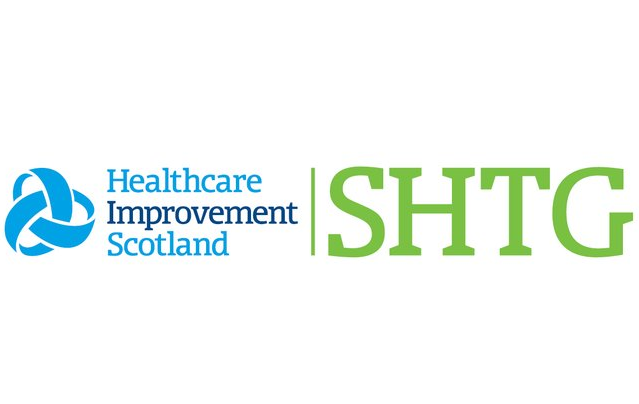Trials of closed loop systems generally recruited people with well controlled type 1 diabetes who have had the condition for many years. The trials often have a small number of participants and test the closed loop system over short periods of time (hours, days, weeks or months). The closed loop systems tested in trials may also be older versions of devices that may not perform as well as newer versions.
We found four studies that combined results from multiple trials of closed loop systems. In these studies, people with type 1 diabetes who used a closed loop system spent, on average, around 2 hours more each day in the normal range for blood sugar compared with people using insulin pumps with or without a CGM sensor. People using closed loop systems also spent significantly less time each day in hyperglycaemia or hypoglycaemia.
We are not certain how frequently people using closed loop systems experience severe hypoglycaemia or diabetic ketoacidosis (severe hyperglycaemia) because these outcomes were rarely reported in the studies we looked at. Device-related safety issues in closed loop systems mainly related to loss of connectivity between devices, often owing to them being too far apart.
In the studies we looked at, people with type 1 diabetes who used closed loop systems described experiencing a range of benefits. These included improved control of blood sugar levels, increased flexibility around eating and exercising (which both affect sugar levels), and a gave them a sense of time off from managing their diabetes. People also described the demands of using closed loop systems, including the need to respond to frequent alarms, replace sensors and deal with technical problems. Some people expressed concerns about how trustworthy closed loop systems were or found them difficult to use when exercising.
Three patient organisations described experiences of living with type 1 diabetes and using closed loop systems. Their submissions can be found on our website.
We found evidence that there are inequalities in access to closed loop systems and other diabetes technologies. An audit in NHS England and Wales found that children who were from a relatively affluent area and of white ethnicity were the most likely to have a CGM sensor or insulin pump. Children of black ethnicity who lived in poor areas were the least likely to have these technologies. iPAG Scotland described inequalities in access to closed loop systems in Scotland caused by people needing to self-fund these systems, a cost that many from lower income areas cannot afford.
In our economic model, closed loop systems were compared with other ways of measuring sugar levels and administering insulin. We found that closed loop systems offered the biggest improvements in quality of life, but were also likely to be associated with the highest costs. Closed loop systems are associated with additional upfront costs, but will hopefully lead to future reductions in costs to the NHS for managing diabetes-related complications.
Closed loop systems were good value for money compared with using a CGM sensor plus an insulin pump. Closed loop systems were less likely to be good value for money compared with flash glucose monitoring (FreeStyle Libre®) or a CGM sensor plus multiple daily injections of insulin. Our economic model was not able to include day-to-day quality of life improvements associated with using a closed loop system, which may affect costs and whether these systems are good value for money.

